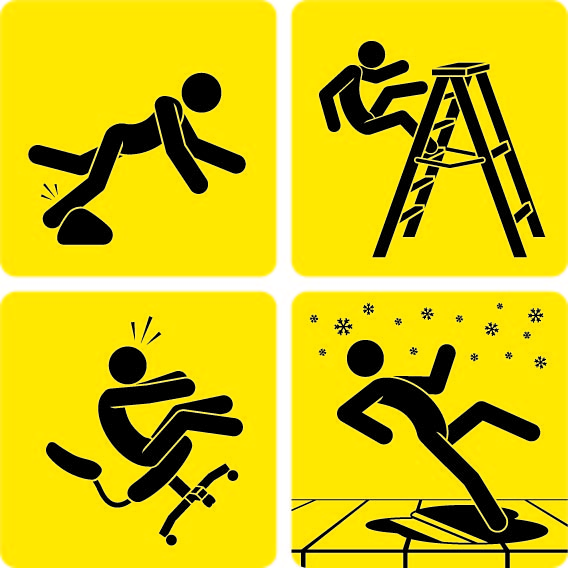
According to Safe Work Australia’s ‘Key Workers’ Compensation Information Australia 2013 Report’*, in the year 2010-11 there were 127,330 serious workers’ compensation claims involving one or more weeks of time lost from work, a permanent incapacity or fatality. This equates to 12.2 claims for serious injury for every 1000 employees.
According to the report, in 2010-11 the total amount paid by workers’ compensation schemes was $7.4 billion.
This consisted of:
- $4.09 billion of direct payments (incapacity, permanent impairment and common law) (54.9%)
- $1.71 billion in medical and other services, including rehabilitation (22.9%)
- $1.31 billion of insurance operations costs (17.6%), and
- $343 million of other administrative costs (4.6%).
Premiums are usually expressed as a percentage of the employer’s payroll. The standardised average Australian premium in 2010-11 was 1.49%. However, for individual employers premiums can be as high as 12.2% for certain high risk trades or lower than 0.2% for low risk work.
Table 3 Australian workers’ compensation statistics, 2010-11*
Jurisdiction |
Employees Covered |
Fatalities |
Serious Claims1 |
Incidence Rate2 |
Frequency Rate3 |
Durable RTW Rate4 |
Disput Rate5 |
Standardised Average
|
| NSW |
3,165,700 |
44 |
43 280 |
13.7 |
8.1 |
78% |
3.9% |
1.76% |
| VIC |
2,643,300 |
24 |
23 760 |
9.0 |
5.5 |
76% |
10.0% |
1.35% |
| QLD |
1,965,200 |
34 |
28 910 |
14.7 |
9.0 |
76% |
3.1% |
1.22% |
| WA |
1,094,100 |
29 |
13 110 |
12.0 |
7.0 |
N/A |
3.1% |
1.14% |
| SA |
729,700 |
13 |
9 000 |
12.3 |
7.6 |
70% |
6.6% |
2.49% |
| TAS |
209,000 |
4 |
3 270 |
15.6 |
10.2 |
80% |
5.9% |
1.50% |
| NT |
115,000 |
3 |
1 290 |
11.2 |
6.2 |
77% |
5.0% |
1.79% |
| ACT |
132,300 |
1 |
1 720 |
13.0 |
8.3 |
N/A |
N/A |
2.05% |
| Comcare |
377,800 |
17 |
2 790 |
7.4 |
4.1 |
81% |
3.4% |
0.92% |
| Seacare |
4,800 |
0 |
200 |
41.8 |
9.7 |
74% |
17.8% |
3.49% |
| Australia |
10 437 000 |
169 |
127 330 |
12.2 |
7.3 |
77% |
4.8% |
1.49% |
Does this data worry you? Is your organisation at risk?
Safety Dimensions supports leaders to do what’s required to tangibly change organisational safety behaviour, enable compliance and due diligence. We know how important it is to create a sustainable safety culture that gives your people the right skill sets, mind-sets and tools that enable tangible success rather than just putting more rules’ or paper trails in place.
Our approach increases engagement at all levels, ensures corporate governance, reduces LTIs and work cover claims and most importantly, gives workers and organisations the skills to return each person home safely each day.
If you would like to speak to us about how we can help, call us on 03 9510 0477 or email [email protected]
*This data was used under a Creative Commons 3.0 Australia Licence from Safe Work Australia’s ‘Key Workers’ Compensation Information Australia, 2013’ www.swa.gov.au [shareaholic app=”recommendations” id=”305969″]
